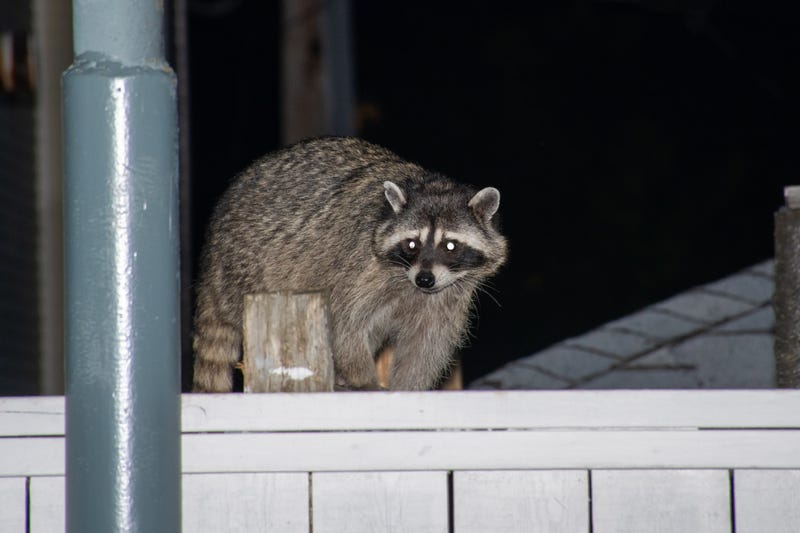
NEW YORK (1010 WINS) – Nassau County officials are alerting residents to an increase in rabies cases, with eight animals testing positive for the deadly virus since summer.
Nassau County is grappling with a troubling resurgence of rabies, including two rabid raccoons discovered just before New Year’s Eve and on Jan. 6, according to officials.
One of the rabid raccoons in Nassau County bit a man in Massapequa Park. Dr. Irina Gelman, Nassau County’s Commissioner of Health, described the incident, saying, “That was a rabid raccoon in a garbage can, I believe that just jumped out prior to New Year’s.”
Dr. Gelman links the sharp rise in rabid animals to the discontinuation of the raccoon rabies vaccine bait program in Queens, saying that Nassau had not seen a rabid animal since 2016 until the recent cases. She criticized the city for halting the program last year due to funding shortages.
Since last summer, eight rabid raccoons and cats were discovered in the county versus not seeing any since 2016, according to Gelman.
In response, the New York City Health Department defended its actions, stating, “Because of our strong raccoon rabies surveillance program in NYC, we know that rabies has been circulating on the Island that includes Nassau, Suffolk, Queens, and Kings counties for many years. Raccoons don’t respect boundaries, so we’re not able to determine how and where rabid raccoons are moving, or being moved by people.”
The city had distributed oral rabies vaccine baits across NYC since 2014 but was forced to halt the program in 2024 due to funding constraints.
“Without dedicated funding, we were unable to continue the program in 2024. We encourage Nassau County to also implement a robust surveillance program, and we would be happy to continue to provide technical assistance for an oral rabies vaccine program,” the statement added.
As rabies remains a public health concern, the debate highlights the challenges of coordinating regional efforts to manage wildlife diseases effectively.
